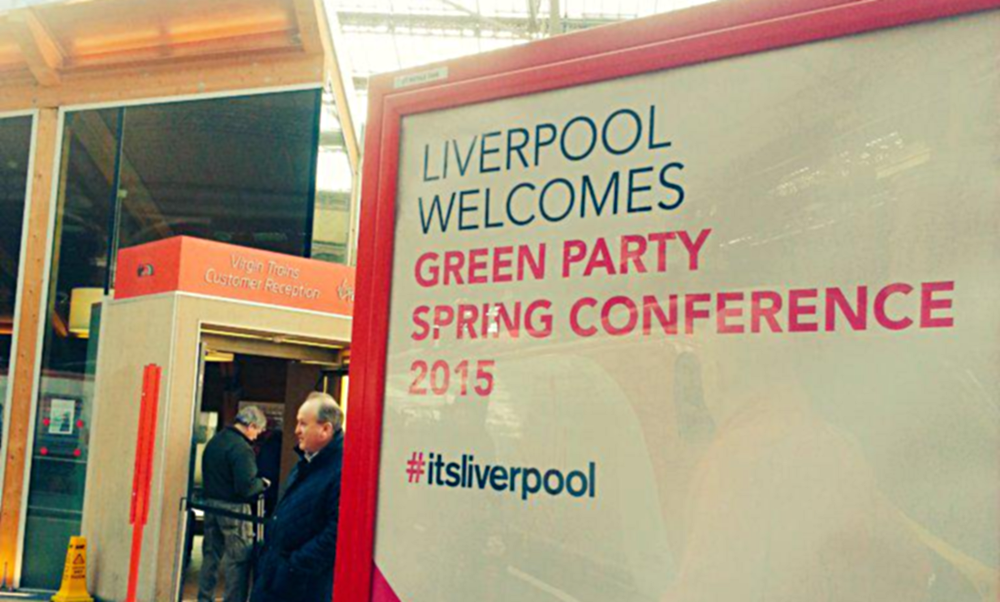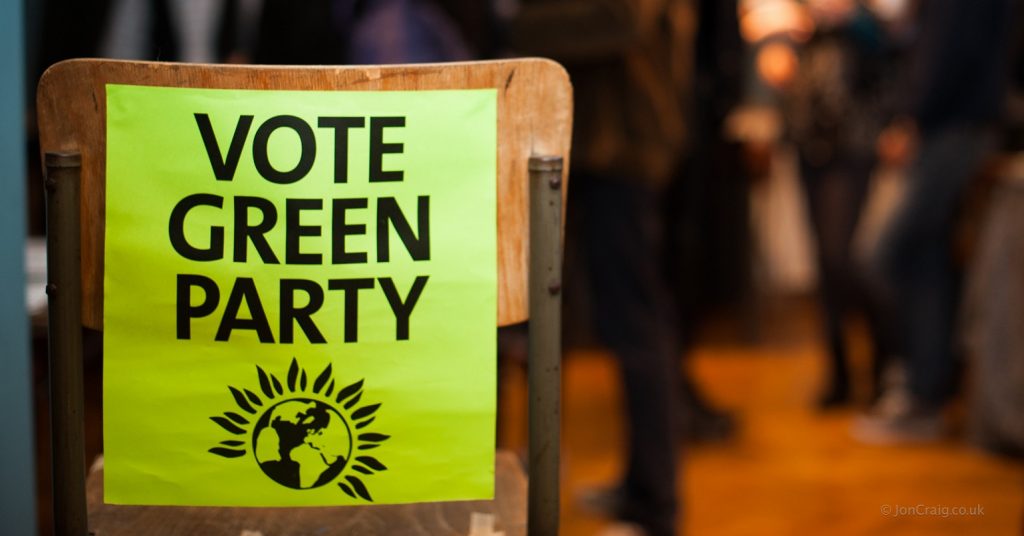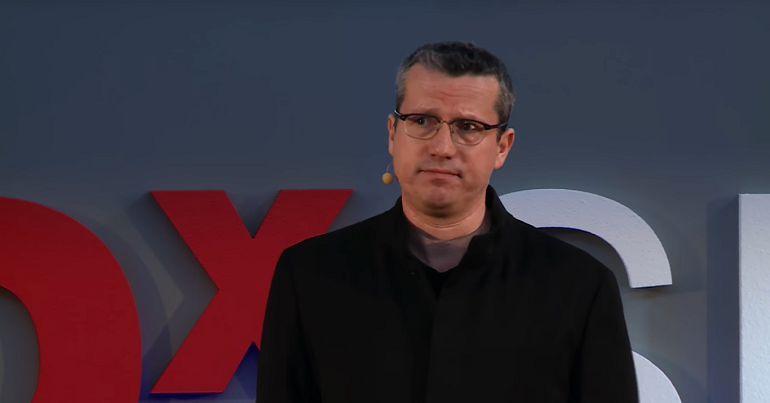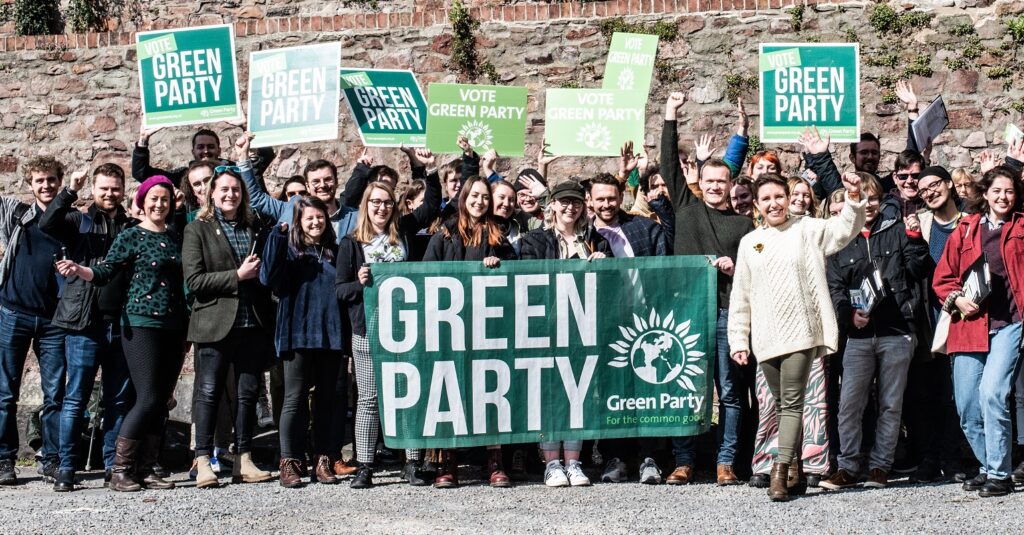#GPconf: An unofficial guide for journos heading to Green Party conference

Green Party Spring Conference this weekend will have more journalists at it than any other in the party’s past. As an old Green member (and recent NUJ member) I thought it might be helpful to write an unofficial guide to the event.
1) Green Party conference is democratic. It’s where policies are made, strategic decisions are taken and elected committees are held to account. This won’t be as slick as the extended press conferences you get from Labour and the Tories, but it should be a bit less bland.
2) Here’s a quick explanation of how the policy process works:
a. any 4 members can propose a motion. They do this by first writing a rough outline on the right members’ forum by one deadline, then formally submitting it, again through the website, a few weeks later.
b. after all the motions have been proposed, there is a vote online to decide what order we’ll discuss them in. In practice, there isn’t enough time to discuss most motions, so what will be debated are the things that have been prioritised.
c. there are three documents: Policies for a Sustainable Society, the Record of Policy Statements and the party constitution. Every policy motion is updating one of those. Policies for a Sustainable Society is about the party’s long term vision. Record of Policy Statements is where things about current but changing circumstances go, and the constitution defines how the party works. Often, motions are deleting an old policy and replacing it, so usually, the debate isn’t just about whether the idea being proposed is a good one – usually it’s about whether it’s a better one than the previous policy.
d. Once policies have been submitted, they can be amended. So much of the debate is often about amendments to motions.
e. At conference, each policy proposal goes through two stages. First, there is a workshop. This allows those with a particular interest in the area to come and discuss the policy in a less formal way with its proposers. Then there’s the formal debate and vote with all conference delegates there.
f. Members can vote to do any one of three things with each motion – pass it, reject it, or ‘refer it back’ to a person or committee. If a policy falls, it can’t come back for two years, so if people quite like an idea but think it needs more work, then it will be referred back.
g. the official long term policies of the party are then taken by someone appointed by the elected “external communications co-ordinator” and turned into a specific manifesto for each election. This manifesto has to be signed off as in line with party policy by the Green Party Regional Council – which is made up of delegates elected from each region. The 2015 manifesto is due out soon, but is waiting for a few policy decisions at this conference.
3) One result of this policy process is that the party spends a lot of time at conference debating the things that people disagree on, and much less discussing what everyone agrees – because those things are just waved through. Similarly, the things that any given conference spends a lot of time on shouldn’t particularly be confused for what the conference thinks is most important. For example, there is very little about education at this years’ event. This is because a huge amount of policy on education was passed last year, and everyone is happy with it, not because people don’t think education is a priority.
4) Another result of debating policy publicly in the party is that those not used to this often assume that disagreements in one area imply factions or fallouts. In reality, internal party politics tends to be more fluid than that – people will argue passionately against each other on one area and then on the same side in the next. Of course there is internal politics, there are loose groups of people who tend in one direction or the other. And sometimes people fall out. Because they are people. But the culture usually is to have it out on conference floor then go to the pub together, rather than the more backstabbing traditions in parties which don’t have the pressure valve of internal democracy.
There has been lots of chat about the slightly silly fruit metaphors of “water melons” (green/red socialists) “mangoes” (green/yellow liberals) and “kiwi/limes” (green all the way through – deep ecologists). While the party certainly reflects a healthy breadth of political opinion, most people find themselves on different sides of these lines at different times, and all having a drink together afterwards. I’m a watermelon, but some of my best friends are mangoes and limes, and most of them flit between these categories.
5) As well as debates on motions, there are various other panels, fringes and workshops. These have been organised by members, and will give you more of a sense of the sorts of debates taking place within the party.
6) If you want gossip, talk to the more senior of the young greens. They tend to have some of the best grasp of what’s going on.
7) Because the party has strict rules for who it can take money from and because it tends not to suck up to rich people, Greens have much less funding than all of their main rivals. The main impact of this is that there are many fewer staff. Even after recent expansions, pretty much all of the conference was organised by one (very impressive) woman, with some help from a few volunteers. The press office has three staff. Organising a vast conference will definitely test this team to its limits, and some things are bound to go wrong. Please be patient with them – and, if I can help with your question, tweet me: @adamramsay.




Leave a Reply